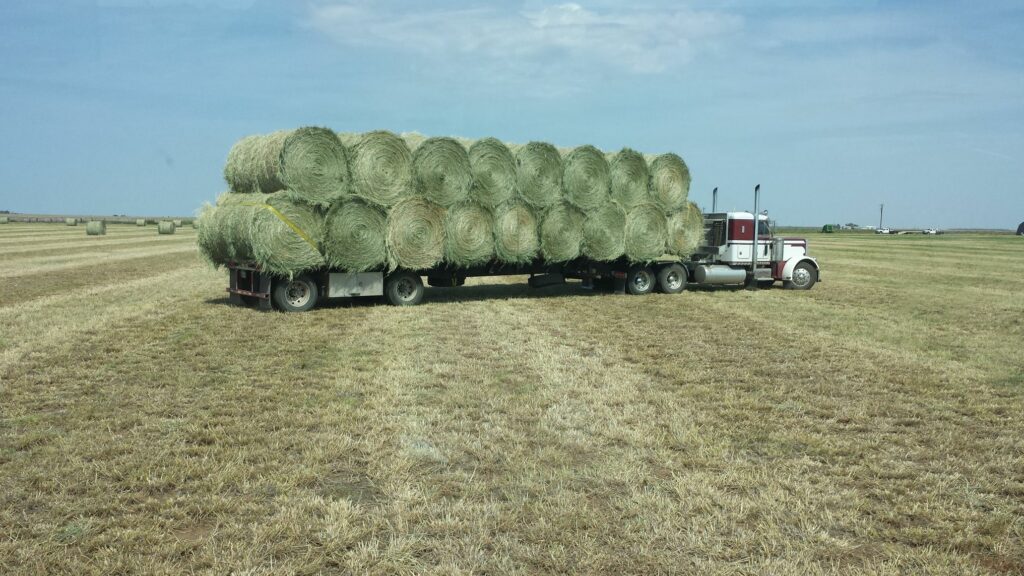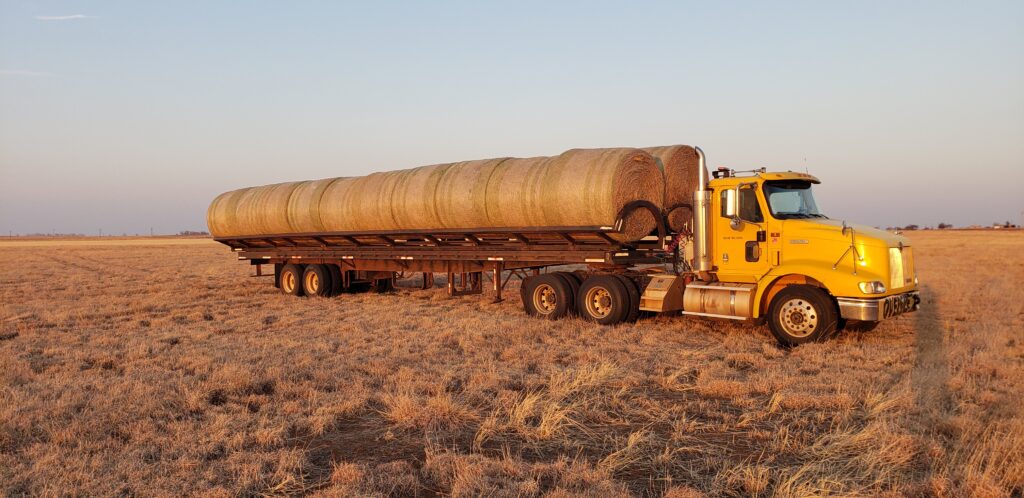Products
Native Grasses
Native Grasses are so well-adapted to regional growing conditions that they can offer four-seasons of beauty with very little effort after planted. Native Grasses withstand drought, heavy rains, or harsh winters and provide cover, food, and nesting sites for birds and livestock.
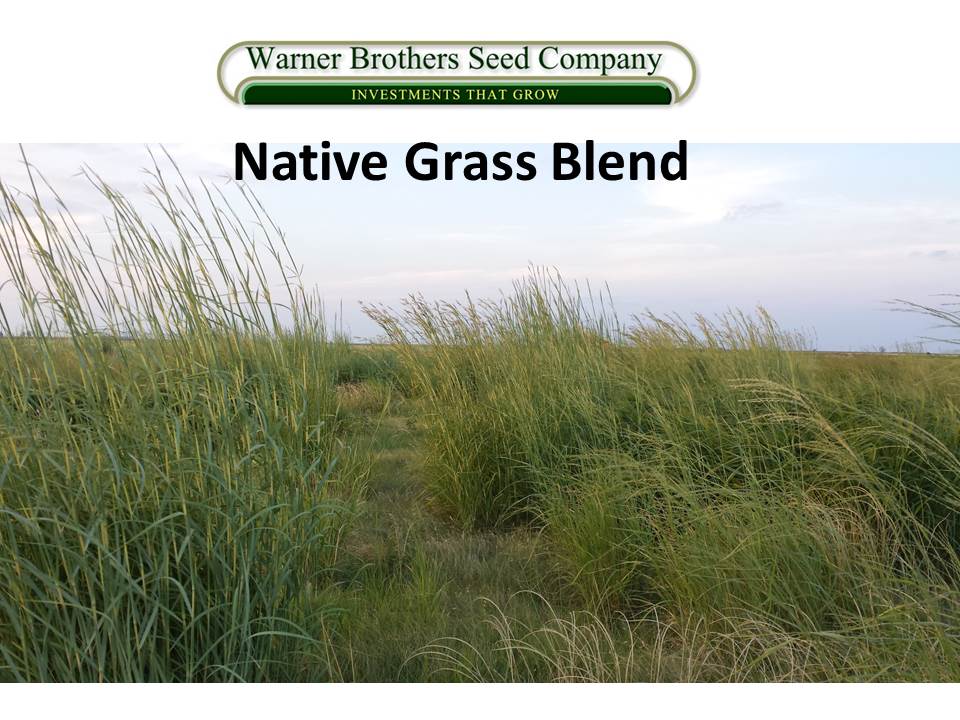
Introduced & improved Grasses
Improved and Introduced grasses are usually managed as monocultures (planted as a single crop). They are very responsive to good fertility and can produce high tonnage of quality forage. With adequate rainfall it is possible to produce so much forage it is like owning 2-3 times as much land. These grasses are great for high intensive rotational grassing systems.
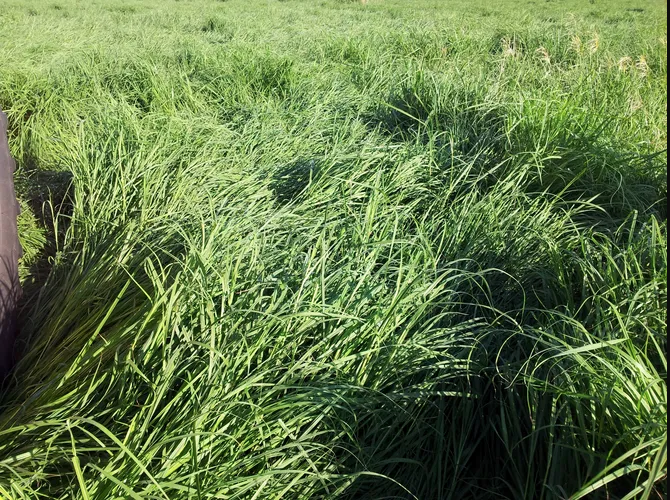
Forbs
Forbs are herbaceous (not woody), broadleaf plants that are not grass-like. Forbs are herbs other than grasses and are readily eaten by cattle and livestock. They also contribute to higher animal nutritional levels. Sunflowers are becoming more popular to forage. A big emphasis is their use as Pollinator plants for bees and butterflies.
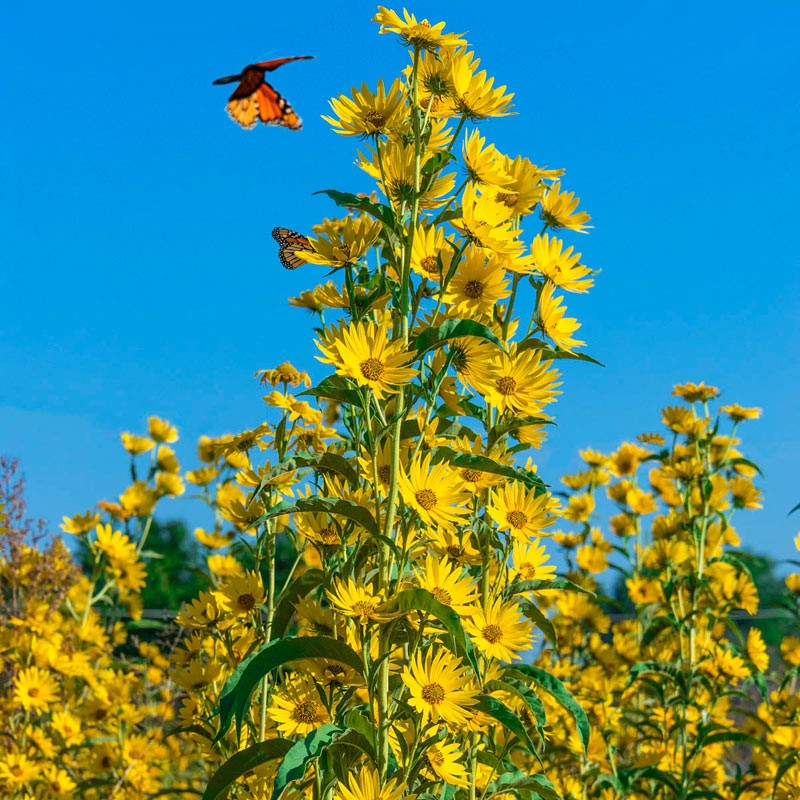
Legumes
Legumes are a group of plants in the pea family, which supply nitrogen to the soil through rhizobial bacteria. Planting legumes improves soil health and reduces fertilizer costs. When used as a cover crop Legumes provide erosion control and moisture conservation.

Hay
We have various kinds of hay for livestock also, for mulching hay for conservational uses and seeding jobs.
